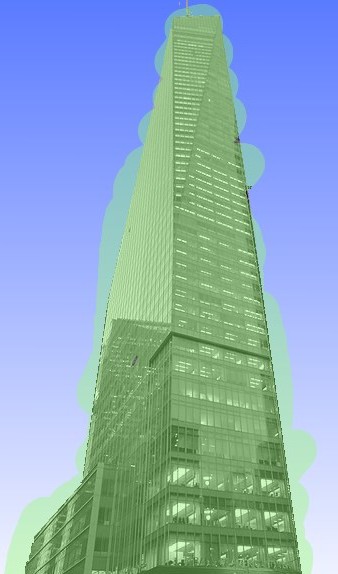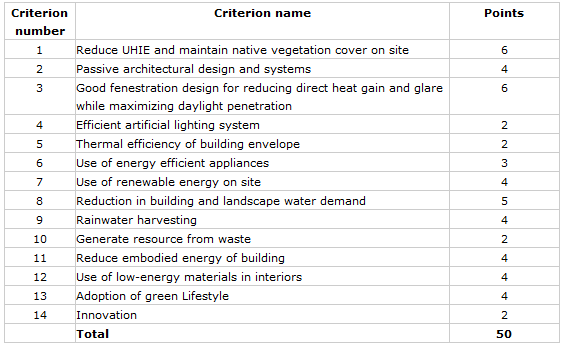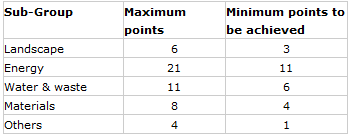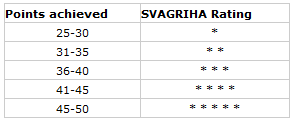
Green Ratings and the Art of Illusion
I’ve been critical of Indian green building ratings, their basic limitations and the fact that they can and will be manipulated. Of course this is not restricted to India alone… the problem is worldwide.
Now, a study by the New Delhi-based research organisation, Centre for Science and Environment, CSE, shows that a number of buildings that had been awarded platinum status–the highest achievable rating of the Indian Green Building Council or IGBC–were in fact barely worthy of any rating at all based on the amount of energy and water they consumed. Interestingly, the study was based on building performance data on IGBC’s website itself. A defensive IGBC is now nit-picking about CSE’s method of analysis but whichever way you look at it, the fact remains that the ratings methodology looks severely flawed.
How is it possible for the difference between the theoretical consumption–on the basis of which the rating is given–and the actual consumption, to be so vast? To my mind, it strikes at the very root of the problem when the system rewards you for your stated intent (genuine or otherwise) instead of rewarding you for your actions. It is all very well to brag that your building has a fantastic green rating but this has to be borne out by actual performance.
The worrying aspect is, the gulf between ratings and reality has ramifications far beyond mere bragging rights.
Many state governments give tax-breaks and extra floor-space for green buildings so the incentive to obtain a certification can be huge. It is, unfortunately, all too easy to claim one thing at the time of rating and then shift the goal-posts at a later date.
Now that this latest can of worms has been opened, let us hope for a positive change in the way ratings are given and retained. With so many big names and businesses involved, however, there is always a chance that they will collectively try to sweep it under the carpet; and use the old system of discrediting the whistle-blower.
Acknowledgement: image from Pixbay


 Now that was unexpected!
Now that was unexpected!


